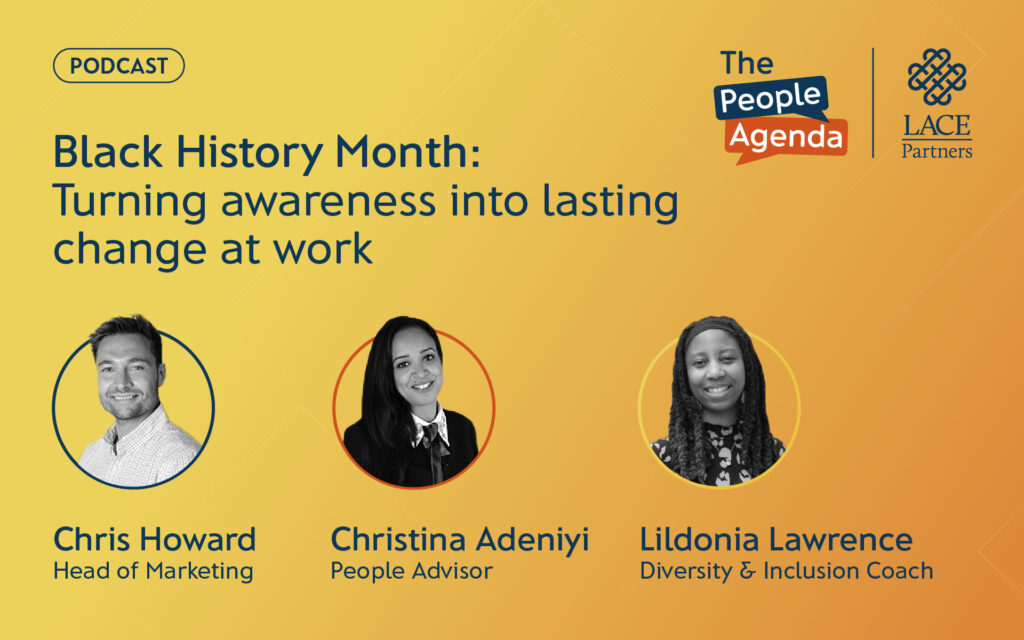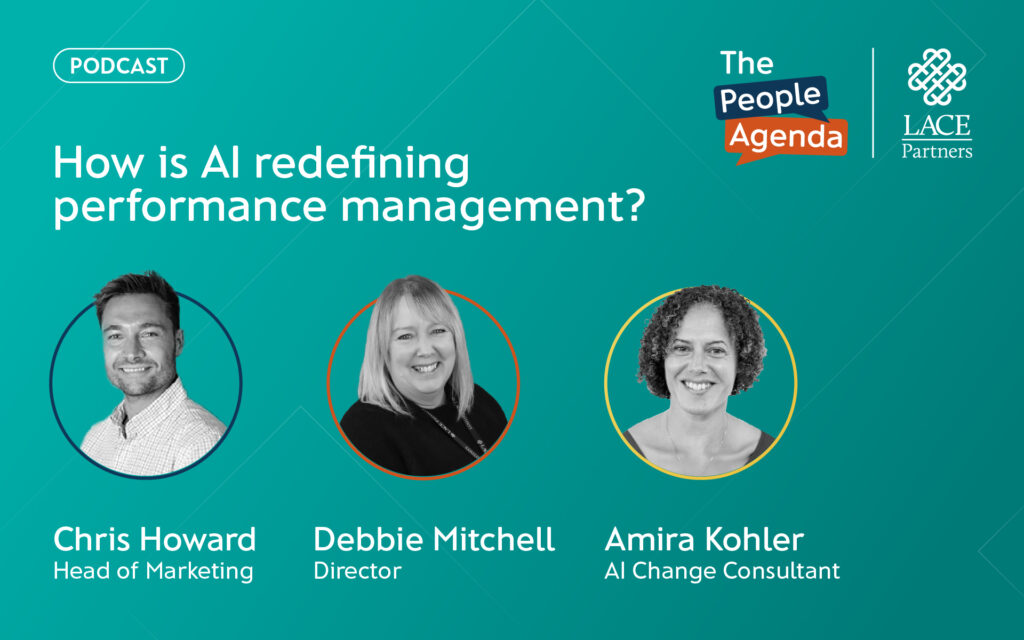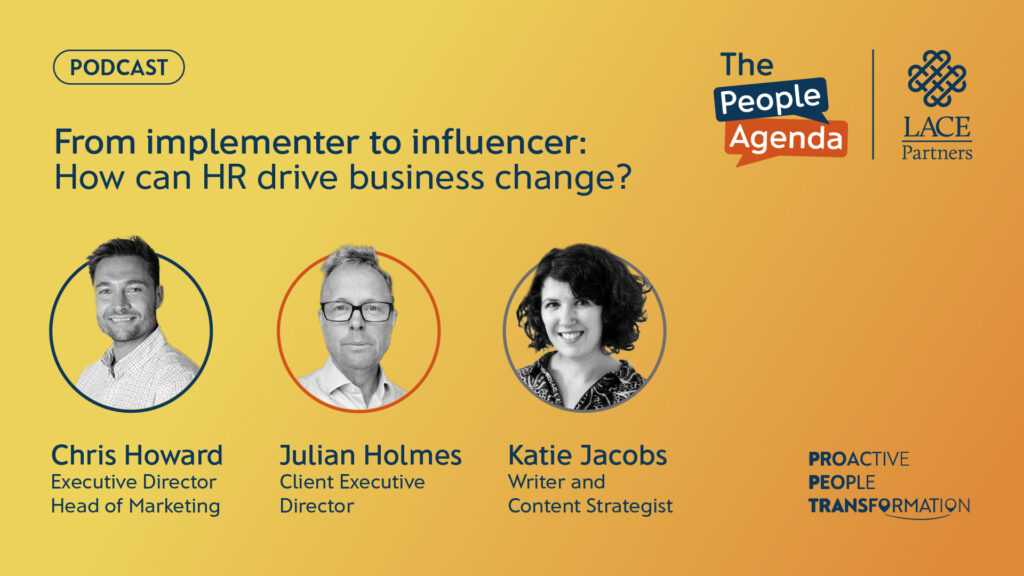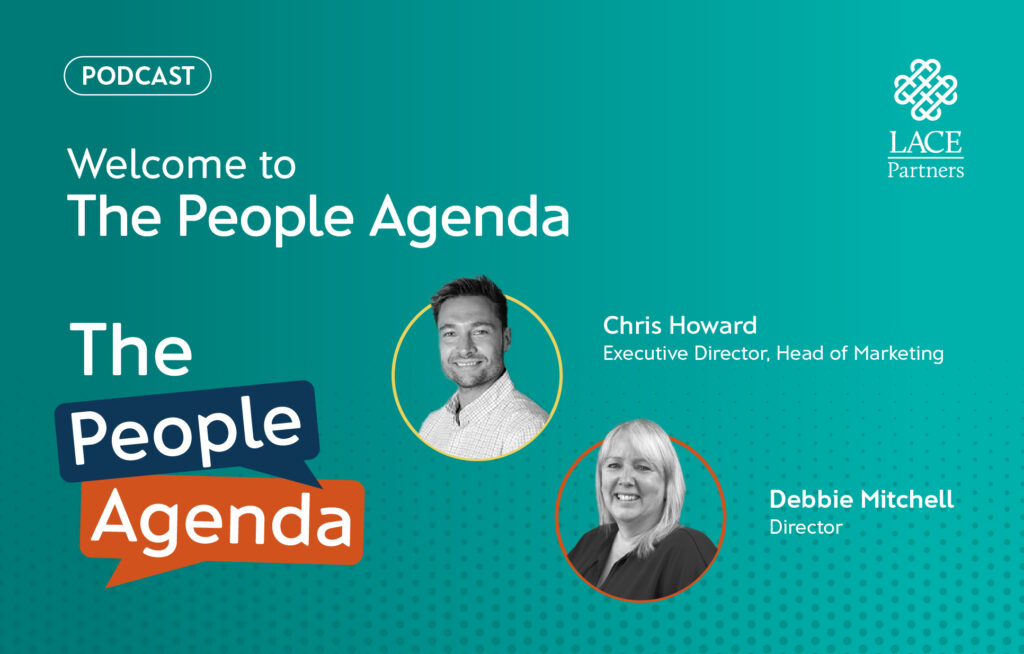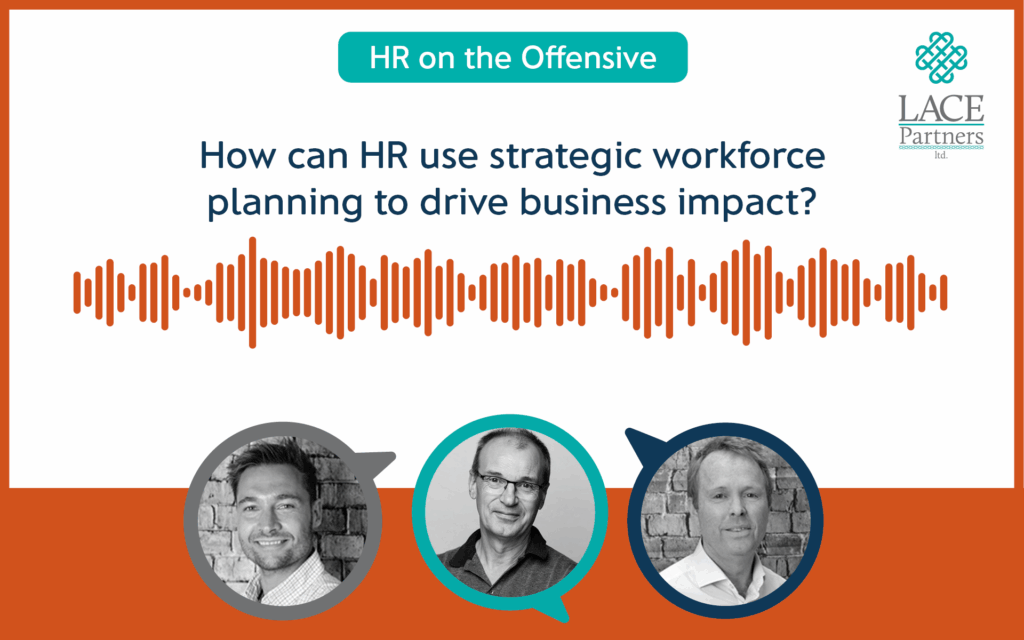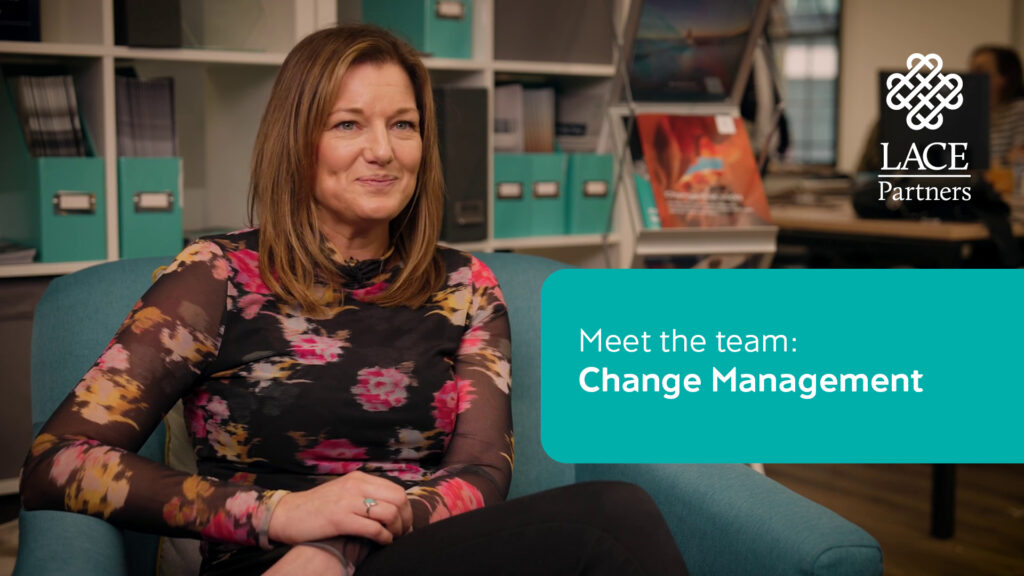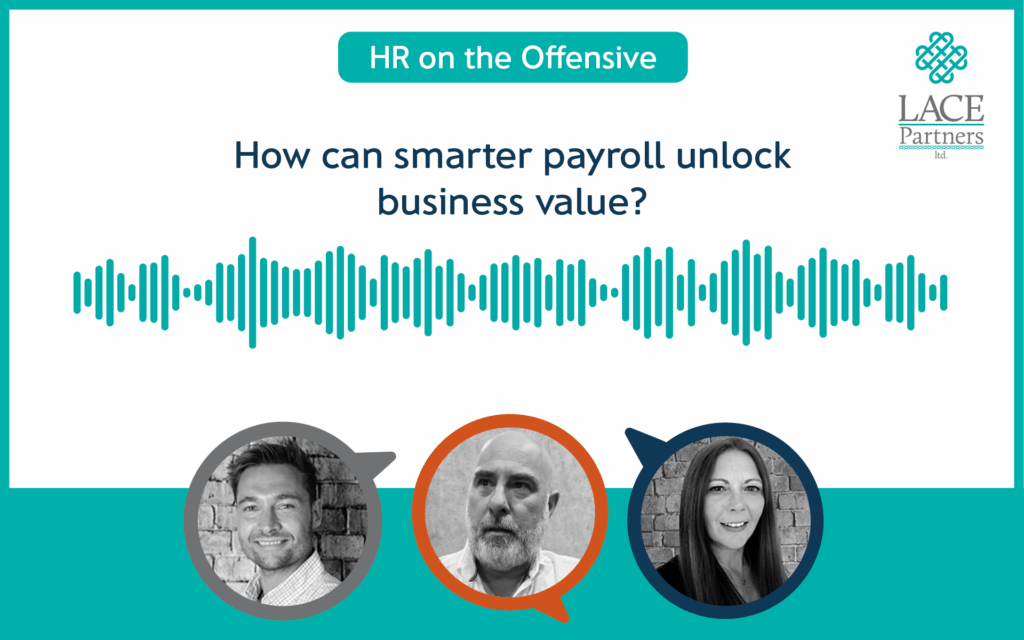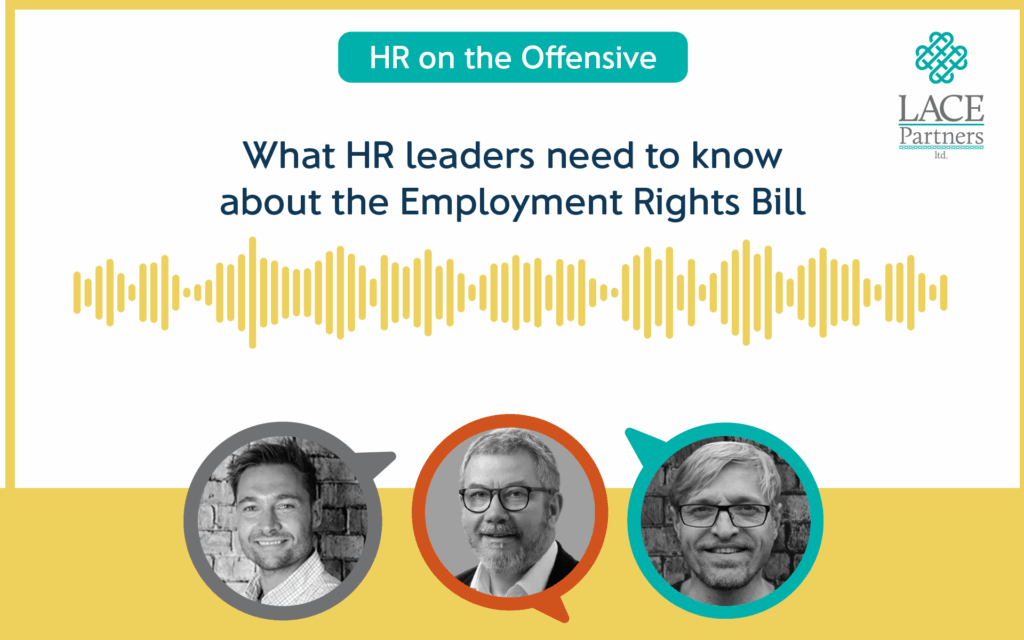In brief
- Job architecture is more than job titles, it’s a strategic framework that underpins the entire employee lifecycle.
- A bespoke approach is essential, as ‘best practice’ must align with your organisation’s unique strategy and culture.
- Success depends on asking the right questions, securing leadership buy-in, and communicating with empathy.
In an era of relentless change, organisations are constantly seeking new ways to become more agile, efficient, and resilient. While much of the focus is on technology, process, and data, the fundamental building block of any successful business remains the same: its people. But how are those people, and their roles, structured to support a future-proof enterprise?
This is where job architecture comes in.
More than a simple list of job titles, job architecture is a robust, strategic framework that defines the roles within an organisation. Think of it as the DNA of your workforce, the foundational structure upon which all people-related processes are built. It’s the system of job families, levels, and career paths that brings clarity to roles and provides a shared language for the business. The purpose of a well-defined job architecture is to bring order to the entire employee lifecycle, from recruitment and compensation to career development and long-term workforce planning.
At LACE Partners, we see an increasing number of HR and business leaders looking to get this right. We’ve asked two of our specialists – Gemma Ryall and Marcus Uzubalis – to compile a collective perspective, drawing on a wealth of experience in helping organisations navigate these complex questions, to outline the strategic importance of job architecture, our unique approach to “best practice,” and the critical questions you should be asking before you embark on this journey.
Beyond the job title: why your job architecture is your business’s DNA
In our experience, the most common reason businesses start to grapple with their job architecture is simply a lack of control. We often see organisations where a new job profile is created for almost every new hire, leading to an unsustainable proliferation of roles. This unmanaged growth makes it nearly impossible to understand who is performing similar work, which in turn creates a host of challenges.
First and foremost are remuneration and fairness. Without a clear framework, it becomes incredibly difficult to ensure that people performing similar work are compensated fairly. This not only impacts morale but can also expose the organisation to risks around equal pay legislation.
Secondly, a chaotic job architecture hampers talent mobility and retention. When employees cannot see a clear career path, they tend to get frustrated and vote with their feet. A well-designed architecture provides a transparent career map, showing employees how they can progress and develop their skills within the company.
Finally, in an age of digital transformation and the rapid evolution of work, a strong job architecture is foundational for the future. It is the key to managing your workforce based on skills and capabilities, not just a rigid set of job titles. While some organisations are well-suited to a skills-based approach, it’s not for everyone. However, regardless of your strategy, a foundational job architecture is the essential first step to accurately identifying and managing the skills you have and the skills you will need.
The myth of ‘best practice’: Finding your unique blueprint
When it comes to job architecture, a common question we hear is, “What’s the best practice model? What are other companies doing?” While it’s tempting to look for a universal template, our experience has shown that this approach is fundamentally flawed. A job architecture framework is not a product you can simply copy and paste. It is a strategic tool that must be meticulously crafted to reflect the unique context, culture, and strategic goals of your organisation.
Our LACE Partners’ perspective on “best practice” is simple: it’s not a pre-defined framework, but the optimal outcome for your business. A job architecture is only “best practice” if it perfectly aligns with your company’s core strategy. For example, a global professional services firm will require a different job architecture than a fast-moving consumer goods company, because their operating models, reward philosophies, and talent pipelines are completely different.
We believe that a truly effective job architecture serves as the unifying force for all people-related activities. It’s the foundational layer that ensures consistency across the employee lifecycle – from how you hire people and what you pay them, to how you manage their performance, identify learning needs, and plan for their future careers. We see it as the single source of truth that enables a holistic and integrated talent management strategy. It’s about building a bespoke blueprint that not only solves today’s problems but also anticipates tomorrow’s challenges, giving you the agility to adapt and evolve. We’ve also seen how technology, particularly AI, can fast-track what can be a time-consuming and manual process. AI can help to rationalise existing job profiles, match them to future-state roles, and even generate accompanying job descriptions, adding both objectivity and efficiency to the process.
Critical questions to ask before you begin your journey
If you’re considering overhauling your job architecture, the first step isn’t to start categorising jobs. It’s to pause and ask some difficult questions. This self-reflection is the most critical part of the process, as it will determine the success of the entire project.
Here are the questions that we believe every senior leader should be asking:
What is our business strategy?
Your job architecture must be a direct enabler of your business’s strategic plan. What are your key objectives for the next three to five years? How does your current organisational structure and talent base support or hinder these goals?
What specific problem are we trying to solve?
Are you trying to improve career progression, address pay inequity, clarify roles and responsibilities, or something else entirely? Being clear about the “why” will define the scope and focus of the project.
How will this impact our people and culture?
The shift to a new job architecture can be a significant change for employees. Consider how you will communicate the benefits, manage the transition, and ensure buy-in from leaders and managers. Change management is as important as the technical design.
Is our data accurate?
For a job architecture to be successful, it is crucial that your underlying headcount and job data is accurate. Without clean data, your new architecture cannot function as a reliable source of truth.
What is our HR technology strategy?
Your job architecture will serve as the backbone for your HR information system (HRIS) or ERP. A crucial practical step is to ensure your job architecture is finalised before you begin to configure a new system (we talk about this in our ‘Less stress HRIS‘ whitepaper series). Getting this wrong can lead to significant and costly rework down the line.
Practical takeaways: Your first steps to success
A job architecture project can seem daunting, but by focusing on a few key principles, you can set your organisation up for success.
- Start with ‘why’: Don’t just implement a new framework for the sake of it. Begin every discussion by linking back to the core business problem you are trying to solve.
- Get leadership buy-in: This is not an HR project; it is a business project. Ensure your senior leadership team is fully aligned on the objectives from the very beginning.
- Embrace a bespoke approach: Avoid the temptation to use a generic framework. The most effective job architecture is one that is designed specifically for your organisation’s unique needs.
- Think beyond the project: A successful job architecture is a living document, not a one-time project. Build in governance and maintenance processes to ensure it remains relevant and useful as your business evolves.
- Communicate with empathy: Be transparent with your people throughout the process. Explain the “why” and listen to their concerns. A well-communicated change is a more successful change.
By following these steps, you can transform a complex project into a powerful tool that not only brings clarity to your organisation but also sets the stage for future growth and agility.
Interested in talking to us about your job architecture? Fill in the form to explore how LACE Partners can support your organisation in designing a future-ready job architecture tailored to your strategic goals.















